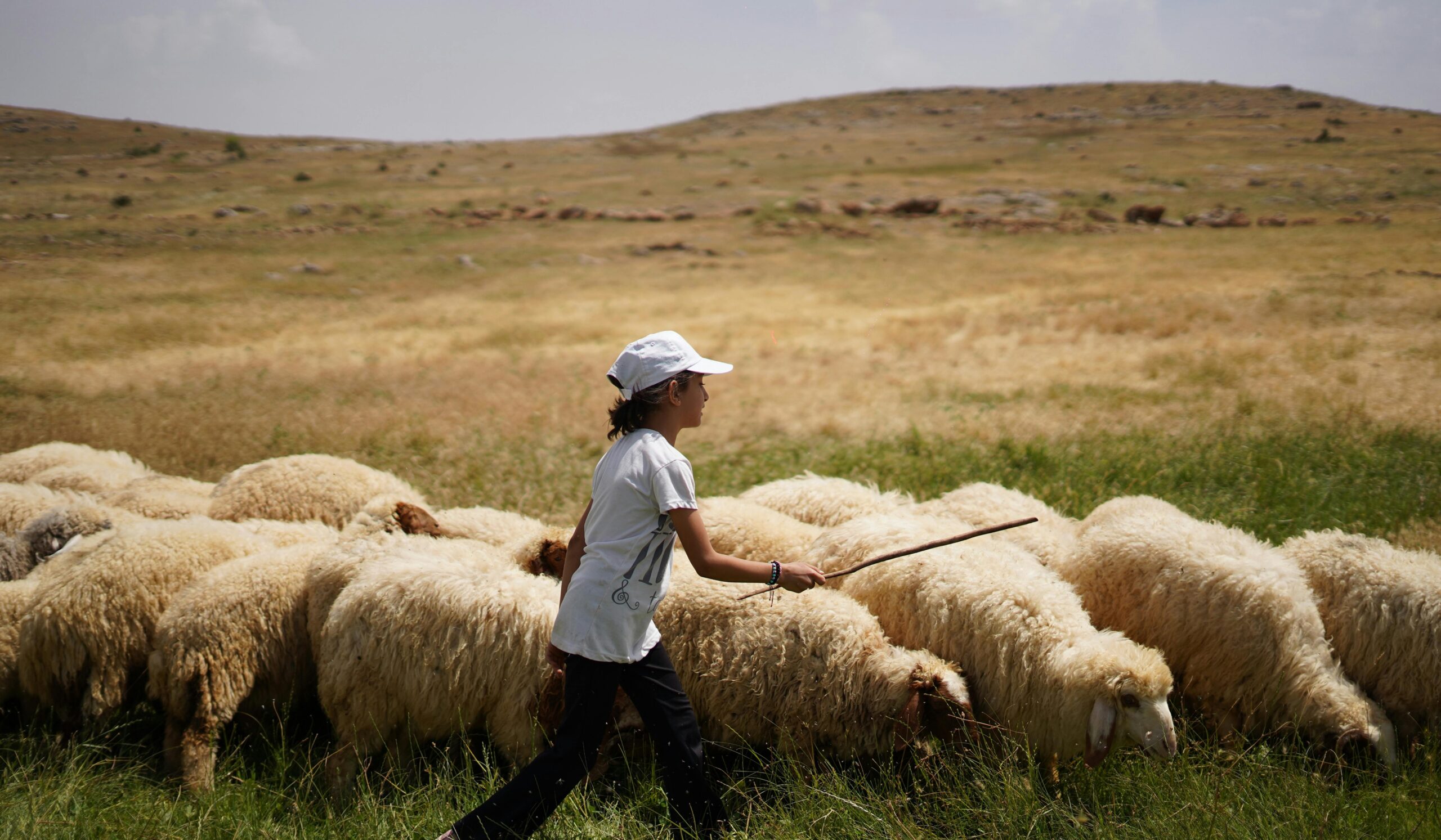
One Magical Idea to Increase Student Engagement This Fall
By: Tim Elmore
Building off of an earlier patent by John Duff, General Mills’ created its first Betty Crocker instant cake mix in 1947. Since the Great Depression and World War 2 were over, people were spending money again. Folks at Betty Crocker assumed that because they made baking easier sales would take off. But they didn’t. Executives were baffled that consumers in a society that was progressing toward speed and convenience would not want this foolproof, instant cake. But folks just weren’t buying it. So, they hired psychologist Ernest Dechter to interview customers in focus groups and ask them why they didn’t purchase the cake mix. He returned to say, “I think you’ve made the process of making a cake too simple; you’ve removed the customer from the process; they don’t feel their baking experience is real.” Dechter suggested they remove one ingredient from the cake mix and force the customers to come up with at least one item on their own. Believe it or not, when Betty Crocker removed the egg from their cake mix, sales took off. Cake mix sales tripled from January 1947 to August 1948.
It wasn’t what they added but what they took away that helped everyone win.

The Lesson for Educators Today
Sometimes I wonder if too many of us educators have turned our classrooms into our own instant cake mix. We don’t require students to own the process of learning. They don’t have to come up with any ingredients. We provide it all for them. They might as well call us Betty Crocker. My big question is: Why do we do this?
Do we feel such a pressure to “teach to the test” that we dare not let them learn from scratch? We believe we must create a cake mix, that we must make the process quicker, simpler, and much less messy. Just add water and stir.
Do we feel the pressure to get through so much curriculum so quickly that we dare not make our students practice metacognition and figure out answers on their own? We don’t have time for them to curiously explore and genuinely experiment.
Do we feel tangible pressure from parents to help their children find the answers or to give them the answers and not add to their already high stress levels? Too many moms and dads are into the product but not the process of a good education.
We’ve Got the Answers
In 1954, Betty Crocker debuted the Answer Cake—a cake and frosting mix pre-packaged in a pan—and marketed it to small families. What a name—Answer Cake. Betty Crocker was saying: “We will do it all for you, Mr. and Mrs. Customer. Just leave it to us.”
Sound familiar?
I wonder if that’s what we’ve done. The Answer Class. The cake and the frosting are all in here. It’s all pre-packaged. Students will hardly have to work at all. We’ve done it for them. In our ambition to get test scores and graduation rates higher, we’ve created a foolproof mix. God forbid we risk students learning something on their own—from scratch.
I have been guilty of this as an educational leader.
I love explaining my subject so much I feel better about myself when I do. I love answering their questions more than asking them questions. It’s about me and my need, not the students and their needs to discover. But that’s not education at its best. Just like the caterpillar gains its strength to become a butterfly through the struggle to break out of the cocoon, so students need the work of learning, often on their own. They won’t be ready for college or a career if we do it for them. We’re like a personal trainer in a gym that says to the customer: “Now I want to make sure you learn health and fitness, so stand back and watch as I lift all the weights for you.”
Truth be told, the answer to a quality education is not about answers. It’s all about ownership on the part of the students. When we offer the questions rather than the answers, we invite them to own the learning process and to choose what ingredients are necessary to make their cakes. This means we must:
- Change the students’ role from being consumers to being creators.
- Change our role from commanders to consultants in the classroom.
Learning from Scratch
Let me offer some ideas for creating a classroom pedagogy that helps students learn from scratch instead of needing an instant cake mix:
- Once a day, refuse to answer a student’s question. Turn that student loose to look up answers and debate them until the best solution surfaces.
- Instead of a traditional grading of papers or tests, communicate how many mistakes were made and turn students loose to find each one.
- Pose questions and create disequilibrium. Allow for some awkward silence in the classroom as students figure out their next steps in the process.
- Choose a day and let the students plan the entire class period. In fact, let them record themselves teaching their lesson and evaluate themselves afterward.
- On your next exam, fill in the wrong answers on the blanks—the very ones students gave in class. Let students grade the test and find the proper answers.
- Give an assignment and allow students to collaborate on Google Docs, each one asking questions and providing help to classmates reach an outcome.
- Introduce a real-life dilemma in the world. Ask students: If you were in charge of solving this problem what would you do? Turn them loose to figure it out.
There is one more lesson we can learn from Betty Crocker back in 1947.
Unlike other convenience foods, for many women, cakes symbolized femininity and satisfaction. Women felt pressured to perfect the homemade cake. A 1953 Gallup poll ranked cake the second “real test of a woman’s ability to cook,” behind apple pie. Domestic ideals split American women; some accepted mixes while others clung to recipes. In the end, it was all about how consumers “felt about the process.” Feeling ownership over the cake was what satisfied them.
Let’s work to make sure our students feel they own the learning process. Generation Z loves to learn from scratch, with the help of smart technology. It makes sense. We all enjoy a cake more when it’s made from scratch, right? So, your textbook can be the cookbook. You can be Rachel Ray—but let those students bake from scratch.
In our Habitudes® for Social and Emotional Learning curriculum, we have character-developing lessons as engaging as the story you read above to help your students build the life skills they need to succeed. For more information on our Habitudes® for Social and Emotional Learning Middle School and High School Editions, click HERE.







